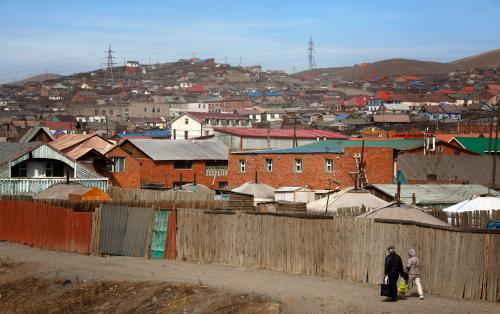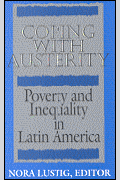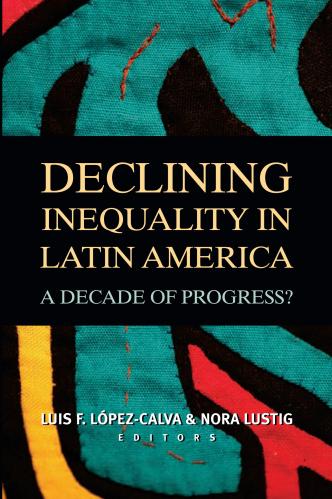Editor’s Note: Carol Graham shares her thoughts on how globalization impacts income inequality and social mobility in this excerpt, originally published on Russia Direct. Read the full article here.
Social mobility is not dying out — that is just too broad and generalizing a statement. But it is changing, with a lot of variance across countries. In the U.S., for example, there is a great deal of evidence that the U.S. is no longer the land of opportunity, with exceptional mobility rates. Accompanying the country’s markedly increasing inequality are markers of changed mobility patterns.
The U.S. no longer has a differential in inter-generational mobility with Britain, and ranks below many OECD countries on this score. While there is still mobility, and some people make it from the very bottom to the very top, that trajectory is increasingly linked to access to high-quality education (including access to pre-school), and access to high-quality higher education is increasingly linked to parental income.
The drivers of the increasing inequality trends are many and complex. They include demographics: both the aging of the population (retired people have less income) and assortative mating (wealthy skilled people marrying each other at the top of the distribution, and more single-income families at the bottom). Other drivers are technology driven growth, fiscal policy (tax breaks for the wealthiest), deregulation and marked increases in the salaries of CEOs in the financial and housing sectors, and institutional changes (much less of a role for unions).
Technology-driven growth can play a role in increasing inequality. It is not clear that IT alone will decrease social mobility.
Some of these trends are mirrored, if less starkly, in other OECD countries. Meanwhile, mobility rates have increased markedly in some of the rapidly growing emerging market countries, namely China, India and much of Latin America. In the former two, it is primarily growth and urbanization driven. In Latin America those same trends have been complemented with far-reaching social policies that reward investments in health and education by the poor.
Interestingly enough, the waves of protests that we have seen in recent years — the Russian middle class, Chilean students, Turkey, and Brazil, among others — are not about the poor not having mobility. They are about upwardly mobile people — who are more educated than the average — with rising expectations who make substantial income gains and then become frustrated with systemic and institutional constraints, such as the quality of democracy in the case of Russia, the religious vs. secular debates in Turkey, and the quality of public services such as health and education in Latin America.
As I mentioned above, technology-driven growth can play a role in increasing inequality. It is not clear that IT alone will decrease social mobility. Indeed, in some contexts, such as India and China, it is a driver of social mobility and people getting great jobs they would otherwise not get. In others, such as the U.S. and other OECD countries, it can be job displacing for some sectors, while creating opportunities for others. And in very poor contexts such as Africa, it can be a huge source of opportunity and mobility, providing very poor people with access to financial services, for example, via e-banking, that they would otherwise not have.









Commentary
Op-edIs the American Dream Losing its Appeal?
September 23, 2013